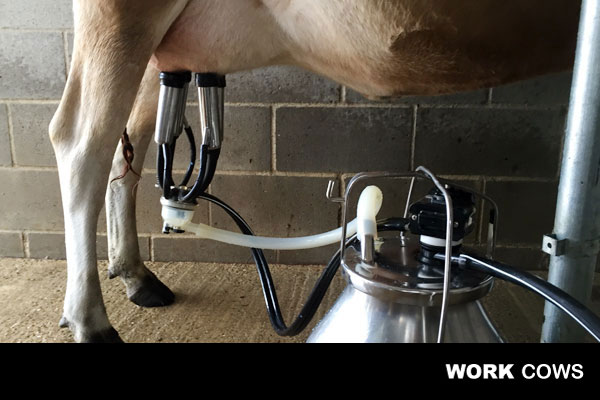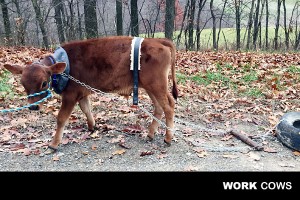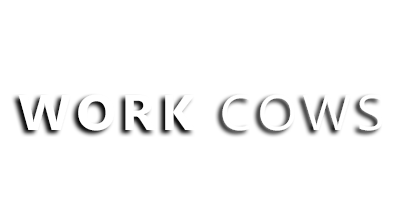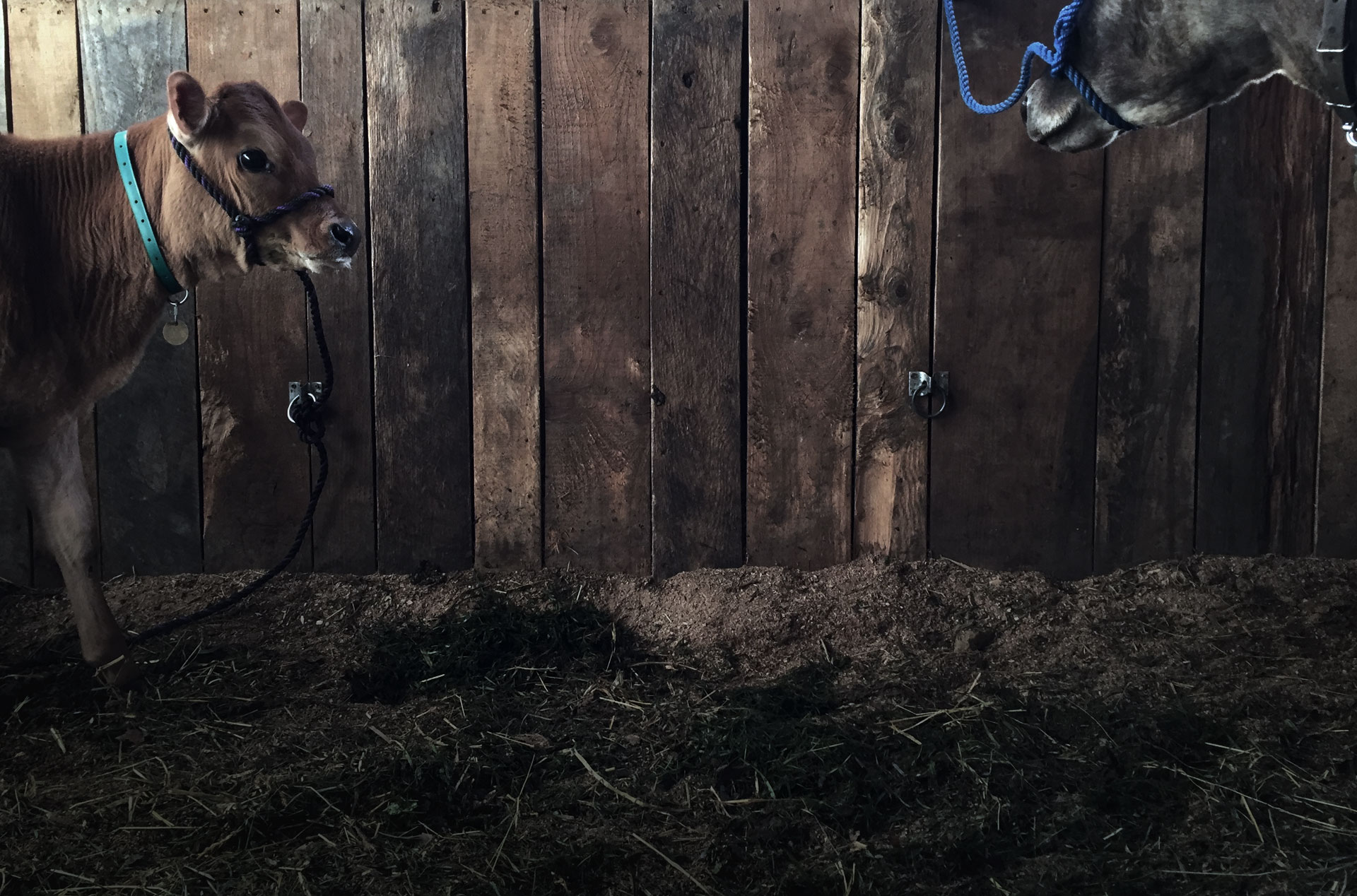
01 Dec The (Very) Versatile Milk Cow
 Science fiction writer Robert Heinlein once commented, “Specialization is for insects.” When it comes to cattle, though, humans have tended to develop specialized cattle: beef or dairy. At one time, however, the distinctions were much less rigid.
Science fiction writer Robert Heinlein once commented, “Specialization is for insects.” When it comes to cattle, though, humans have tended to develop specialized cattle: beef or dairy. At one time, however, the distinctions were much less rigid.
Multipurpose Work Animals
In earlier times, the milk cow might be used to produce milk, raise a calf for eating or to use as a draft animal, and even help out on the farm by pulling a cart, dragging a load, or carrying burdens. In some parts of the world, these multipurpose animals are still in use. Water buffalo, llamas, reindeer, elephants, horses and mules are used as draft animals or to carry burdens. Reindeer and water buffalo are also used for milk. If you can only afford to have one big animal on the farm, the more it can do for you, the better.
Ancient History
Although horses and mules are well known as saddle and work animals, oxen are actually one of the oldest work animals, and have been in use since at least 4,000 BC. The earliest definition of an acre was the amount of land a team of oxen could plow on the longest day of the year. While horses need a collar and specialized, expensive harness to pull things, a simple yoke works well for an ox because of its different neck and shoulder anatomy. The horse collar wasn’t invented until the fourth or fifth century BC, while yokes were used thousands of years before that. The pioneers who settled the American West were more likely to pull their Conestoga wagons with a team of oxen than with horses. Oxen were less expensive, could pull heavy loads and manage on relatively poor forage when working hard.
Multiple Choice Work Animals
When a cow has a calf, the chances are about 50-50 for a bull calf. Only one herd bull is required, however, and not all bull calves are breeding quality. When the bull calf is castrated, he becomes an ox or steer. Unlike modern beef steers raised only for meat, in earlier days the ox was used to plow, pull or carry loads, thresh grain, in logging operations or to supply motive power for water wheels and mills. Compared to a horse of similar size/weight, an ox can pull heavier loads and for a longer time. They are slower than horses but their pulling style is steadier and they are often more suited to breaking heavy ground. Horses are better for pulling loads quickly, however. Although a milk cow can’t pull the heavy loads an ox can handle, she could still be trained for light draft work.
Benefits of a Milk Cow
A good milk cow will always pay her own way on the farm or homestead. First, of course, is the milk you get for about 10 months of the year (cows need a short rest before calving, called the dry period, when they aren’t being milked). From that milk you also get cream, which you can turn into butter, buttermilk, cream cheese and sour cream right in your kitchen. You can make a simple cottage or farmer’s cheese from the milk and ricotta from whey, or get really ambitious and make hard cheeses like cheddar. Excess milk can also be used to feed pigs and chickens, either clabbered (thickened by standing) or mixed with grain.
Other Benefits
Your cow produces a calf a year that can become a second milk cow, castrated to become an ox/steer or turned into meat for the table. A healthy cow can produce a calf a year for 10 years or more. Both older milk cows and oxen can also become meat when they are too old to work (much of the ground beef in the US comes from milk cows or beef cows that are too old to have more calves). You can even use milk cows for soil improvement by treating gardens with raw milk. The milk contains beneficial microbes that promote plant growth and increase the brix (plant sugars) in your grass.
Dairy Steers as Oxen
Unlike beef steers, dairy steers put much of their growth into height, which increases their leverage when pulling a load. Most dairy cows don’t have the heavy muscle necessary for pulling large loads or heavy plowing; they’ve been bred to put the focus on milk production rather than meat production. They’re still capable of pulling a light skid or cart or carrying loads on their backs, however. All it takes is the right equipment and some training. A dairy steer, however, can make an excellent heavy draft animal. A mature steer can weigh in excess of 1,200 pounds and can pull an amount equal to or greater than its own weight.
There you have it: the advantages of a milk cow extend well beyond the kitchen. If you take good care of your cow, she’ll take good care of you. Not to mention everything else on the farm.
Source
http://lancasterfarming.com/results/Oxen-No-Has-Beens-When-It-Comes-to-Hard-Pulling-#.VpVCm1kWeYN
https://en.wikipedia.org/wiki/Working_animal

